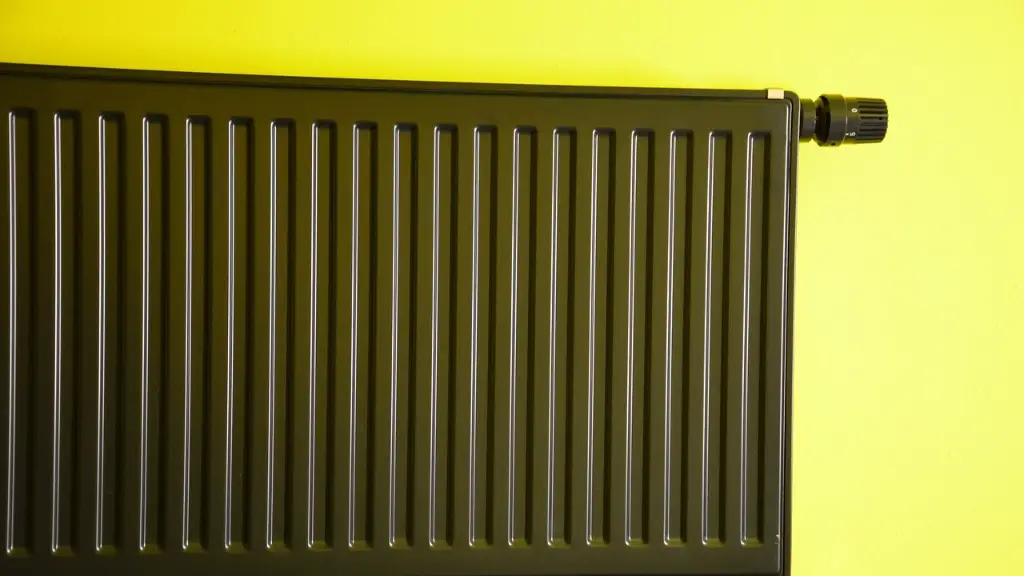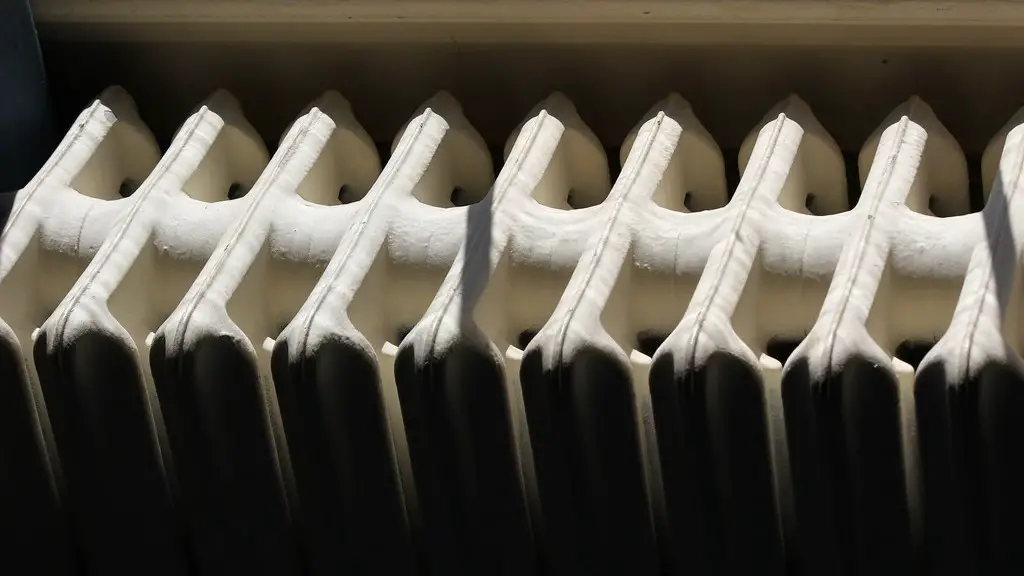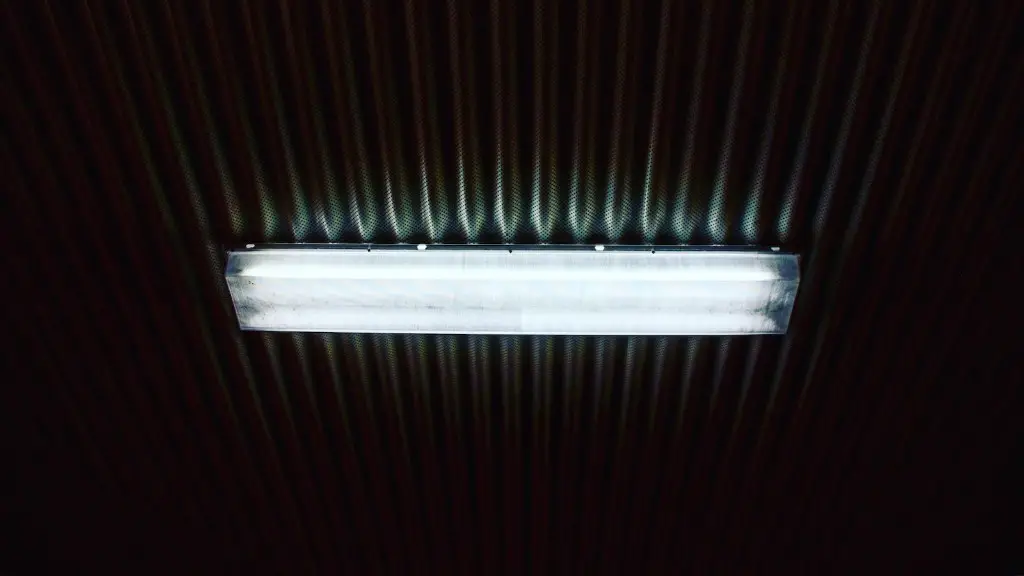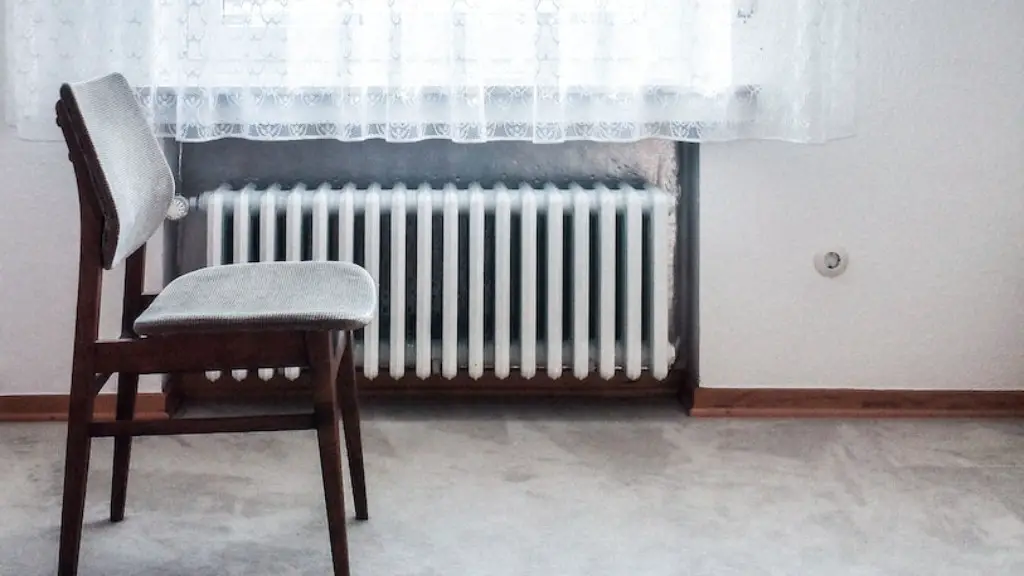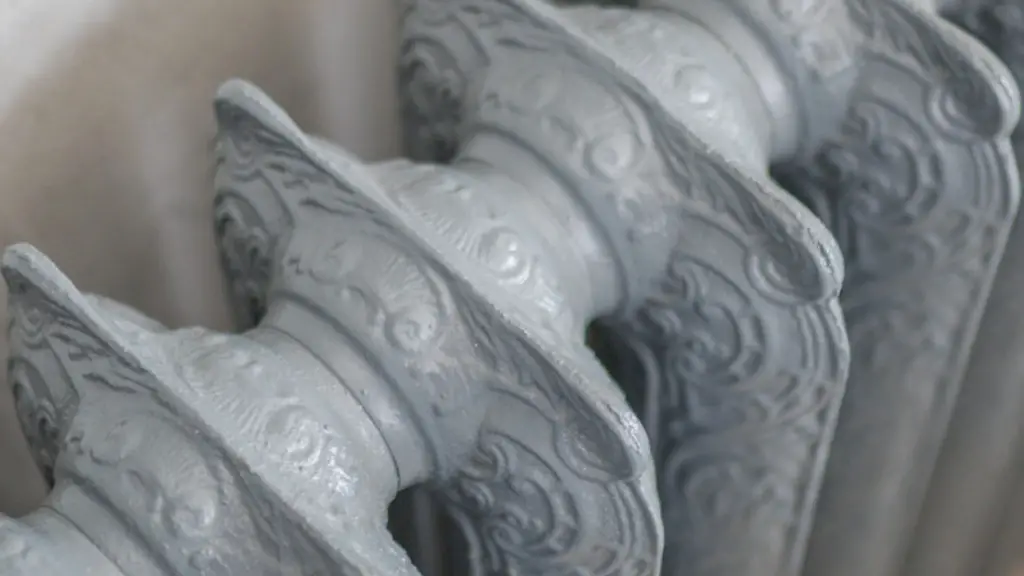If your car has been running hotter than usual, or if you see coolant leaking, then your radiator hose might be bad. Another sign that your radiator hose might be going bad is if it feels soft or spongy when you touch it. You should also check the radiator hose for cracks or holes.
There are a few telltale signs that your radiator hose is going bad. Firstly, you’ll probably notice a drop in your coolant level, as well as an accompanying rise in your engine’s operating temperature. You might also see coolant leak out from under your hood, or notice a bulge or split in the hose itself. If your radiator hose is bad, it needs to be replaced as soon as possible to avoid further damage to your engine.
How do you test a radiator hose?
If you notice a soft spot or gap in your hose, it’s likely that there is a leak. You can check for this by squeezing the hose and feeling for that soft spot or gap. This often happens where the hose meets the faucet or where the hose is kinked.
If you notice that your engine is overheating, this could point to a failing coolant hose. Overheating in your car can cause engine damage and even a full engine rebuild. A failing coolant hose can be caused by a number of things, including a leak in the hose itself or a blockage in the hose. If you think you might have a failing coolant hose, it’s important to take your car to a mechanic to have it checked out.
How do I know if I have a clogged coolant hose
If you notice that your radiator hoses are hot to the touch, it could be a sign of a clogged or faulty radiator. The hoses carry the car coolant from the radiator to the engine, so if they’re hot it means the coolant isn’t flowing correctly and the engine is overheating.
If you notice your car is leaking coolant, it’s likely time to replace your radiator hose. It’s recommended that you replace your hose every four years or 60,000 miles. If you live in an area with a lot of stop and go traffic, you may need to replace your hose more frequently. If you’re going to replace your hose yourself, be sure to get the exact hose for your year, make and model.
What is the most common coolant hose failure?
ECD is caused by an electrical charge being carried through the coolant from component to component. The most common failure mode on a standard, molded hose is electrochemical degradation, or ECD. ECD can cause the hose to deteriorate, which can lead to leaks or even failure of the hose.
Tearing a piece of duct tape long enough to wrap around the hose about four to six inches long is the fourth step.
How do I know if my coolant is circulating?
If you find that the coolant is flowing through the radiator filler neck, it means that the thermostat valve is open. This is normal and indicates that your car has reached the operating temperature and the thermostat has opened.
If you notice your car’s water pump pulley making noise or wobbling, it’s a good indication that you have a water pump problem. To check for sure, turn off your engine and open your hood. With gloves on, grab the pulley and wiggle it back and forth. There should be no movement. If there is, it’s time to replace your water pump.
What are signs of a bad water pump
If you notice any of the above signs, it’s time to have your water pump checked by a professional. Continuing to drive with a failing water pump can cause serious damage to your engine.
If you notice any of the above signs, then your radiator hose may be going bad. You should replace it as soon as possible to avoid further damage to your engine.
Why does my car have coolant but still overheat?
If your coolant is overheating, it could be for a number of reasons. One possibility is that there is an airflow issue that is not allowing the coolant to cool properly. Another possibility is that the coolant is old and needs to be replaced. Additionally, the coolant may not be being effectively pushed through the cooling system, causing it to overheat. Whatever the cause, it is important to take care of the issue to prevent your engine from overheating.
It’s important to check your engine’s coolant hoses regularly. When the engine is cool, squeeze the hoses with your thumb and forefinger near the clamps, where ECD (engine coolant degradation) most often occurs. Feel for soft or mushy spots. A good hose will have a firm yet pliant feel.
What is the lifespan of radiator hoses
A radiator hose is a flexible hose used to carry coolant from the radiator to the engine. On average, a radiator hose should last for at least five years. However, some hoses may last longer, especially if the vehicle is properly maintained.
If you notice your car has a radiator leak, it’s best to stop and inspect the issue as soon as possible. Depending on the cause of the leak, you may be able to get away with driving for a short time, but eventually the lack of coolant will cause your car to overheat. This can lead to damage to various engine bay components, so it’s best to take care of the problem as soon as you can.
How much does it cost to fix a radiator hose?
If you need to replace your radiator hose, the average cost will be between $411 and $433. This includes labor costs of between $83 and $105, and parts costing $328. Note that this does not include taxes and fees, and your specific vehicle or location may affect the price. You may also need to have other related repairs done at the same time.
Today, thanks to advances in materials and design, coolant hoses can last the lifetime of a vehicle with proper care. The two most common causes of hose failure are heat and chemicals.
Why am I leaking coolant but not overheating
If you suspect that you have a coolant leak, it is important to have it repaired as soon as possible. The longer you wait, the more expensive the repair will be. A radiator cap leak, internal coolant leak, or external coolant leak can all be problematic and should be fixed as soon as possible.
If the coolant level in your car is dropping and there is no external leak evident, then the coolant is most likely leaking internally into the engine. If the car has recently overheated, this could have caused the head gasket to fail. If the head gasket has failed, it could be leaking coolant into the combustion chambers.
Warp Up
A radiator hose is made of rubber and over time, it will degrade. If you notice that your radiator hose is leaking, has cracks, or is swollen, it is time to replace it.
A radiator hose is responsible for carrying coolant from the radiator to the engine and back again. Over time, the hose can become brittle and crack, which will cause it to leak coolant. If you notice a coolant leak, it’s important to check the radiator hose for signs of wear and tear.

